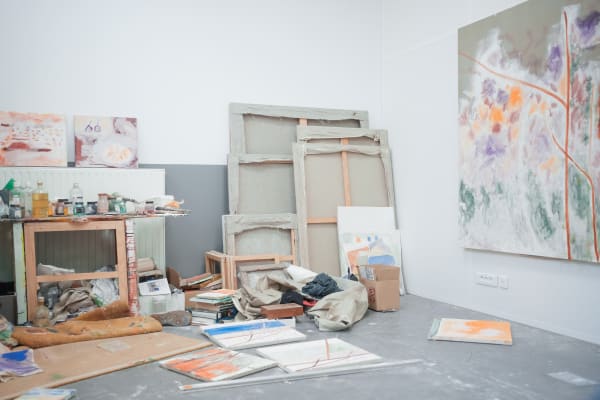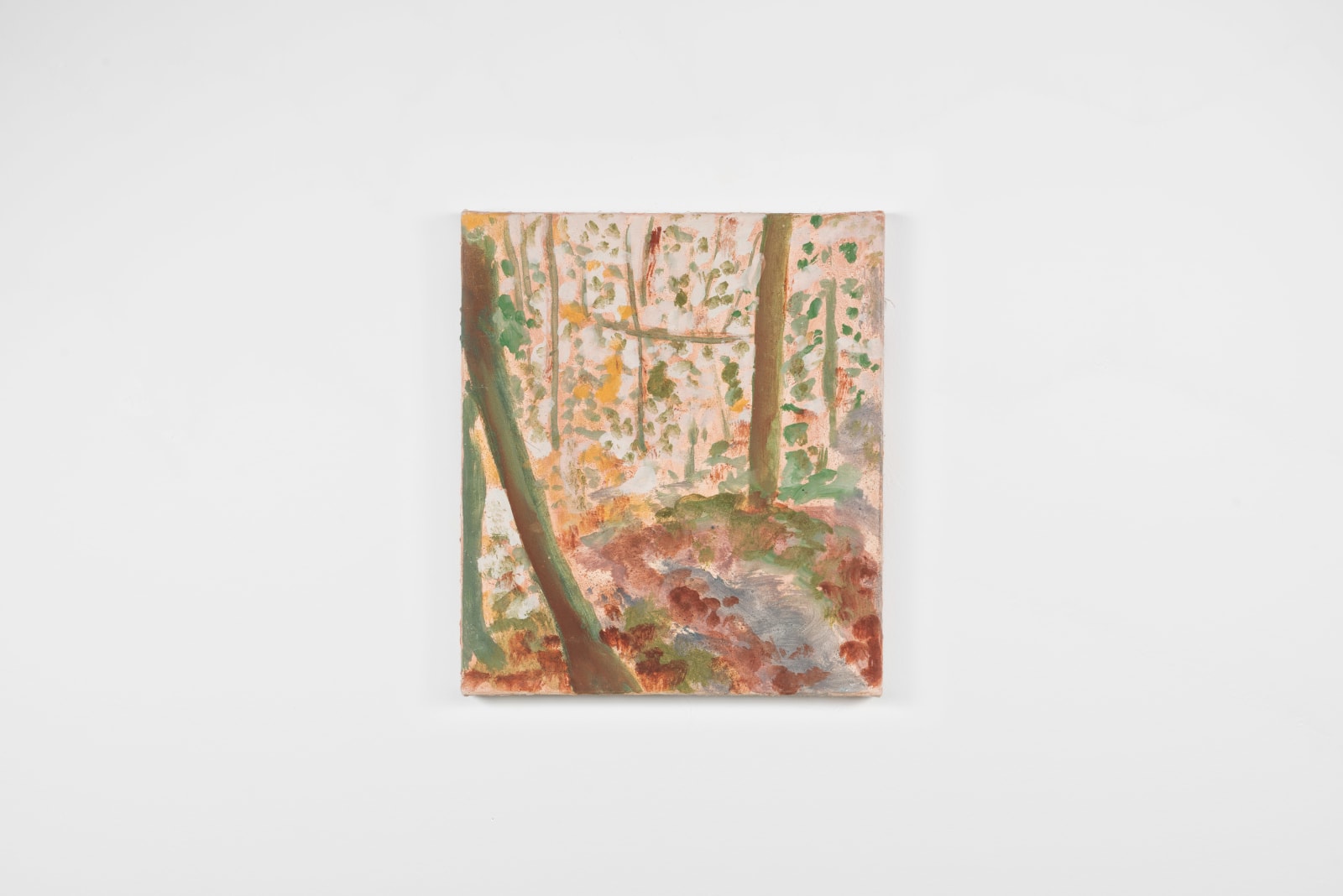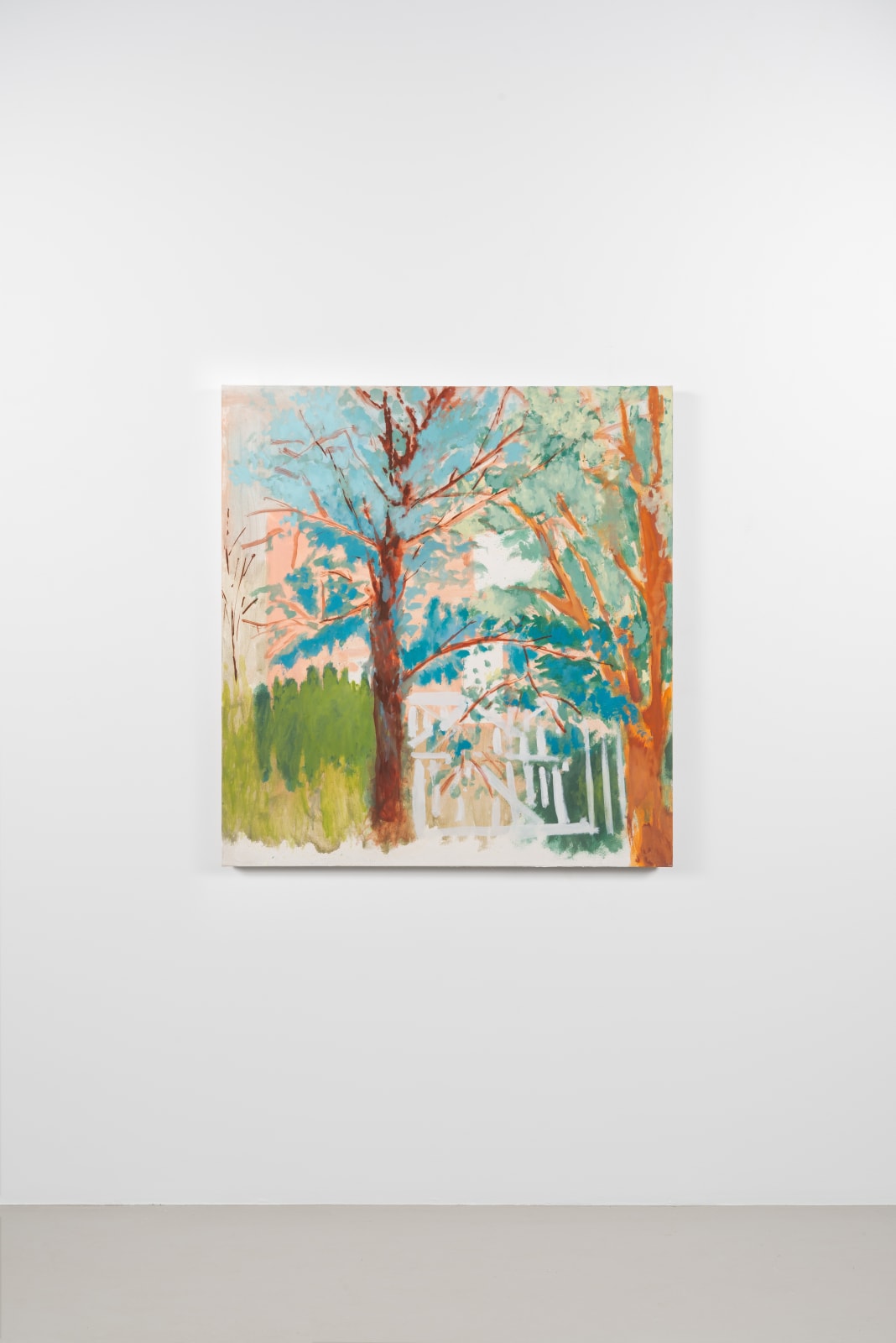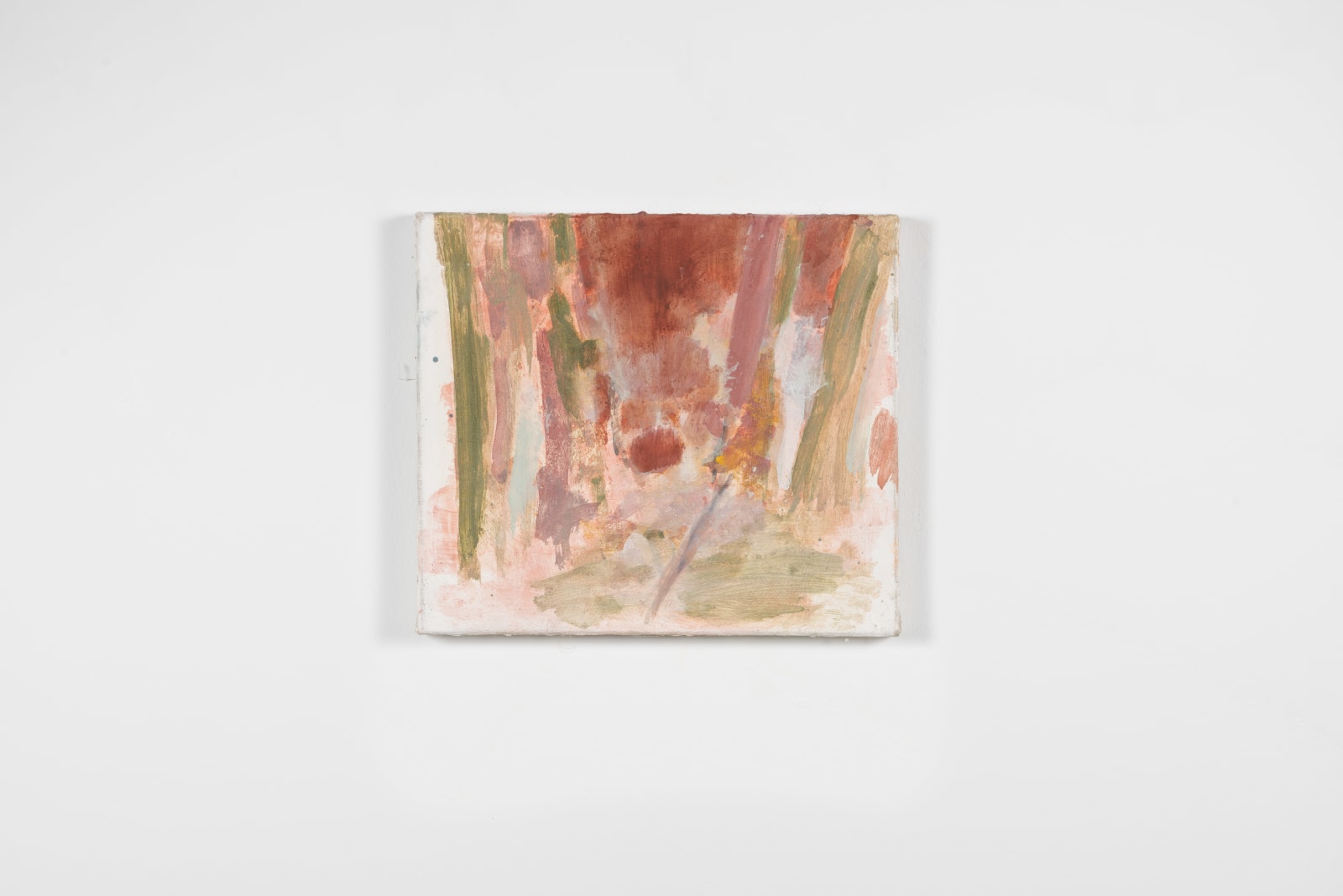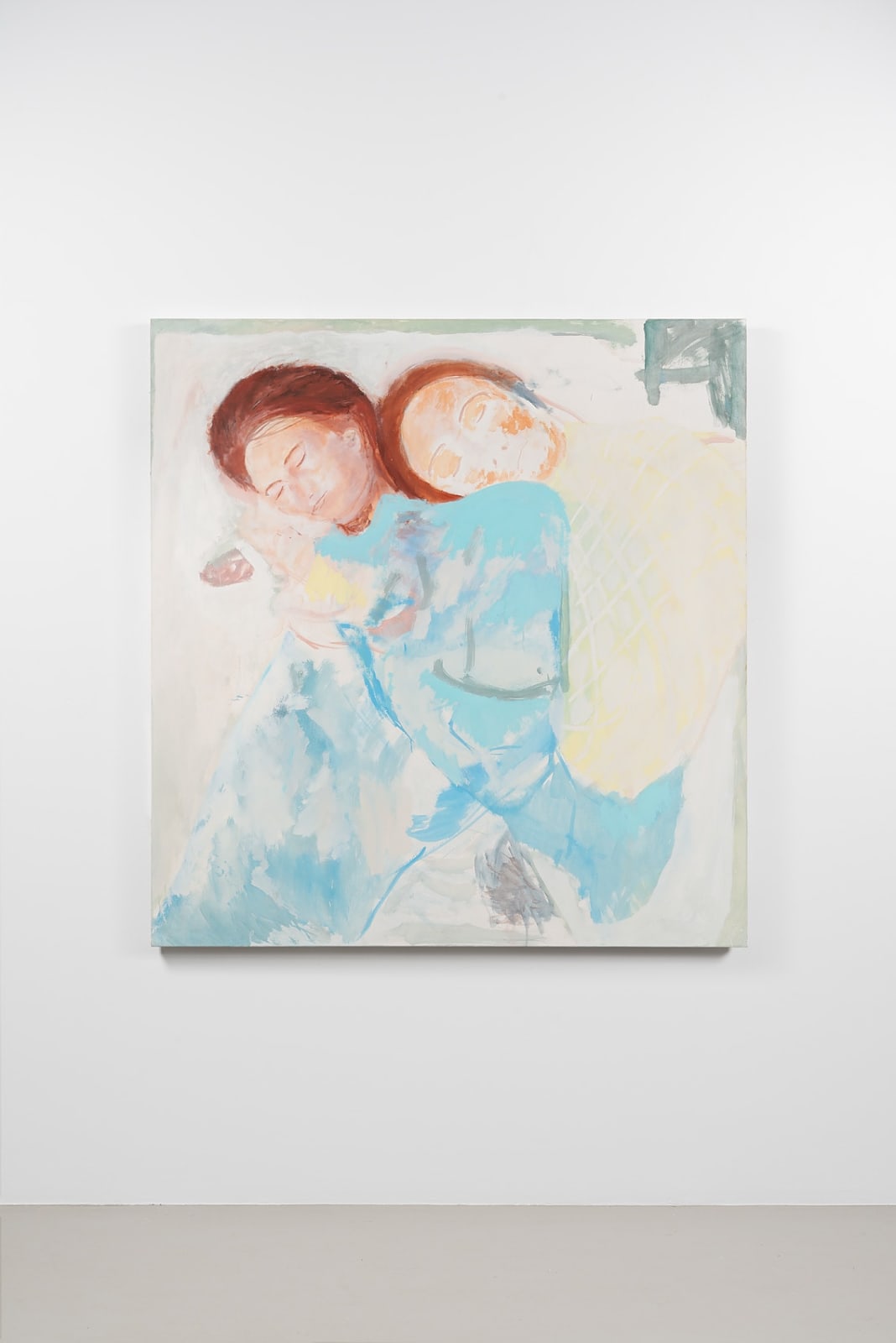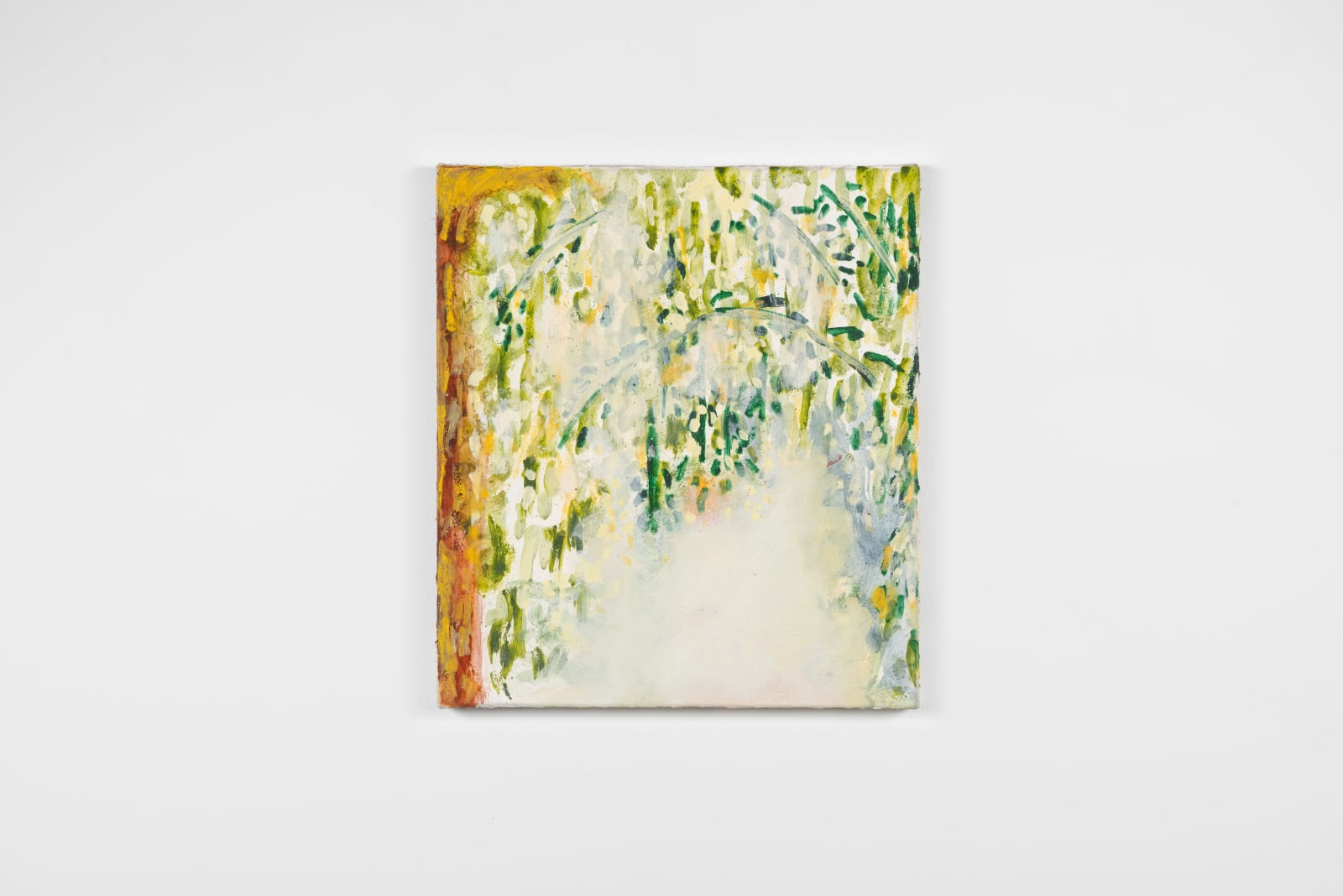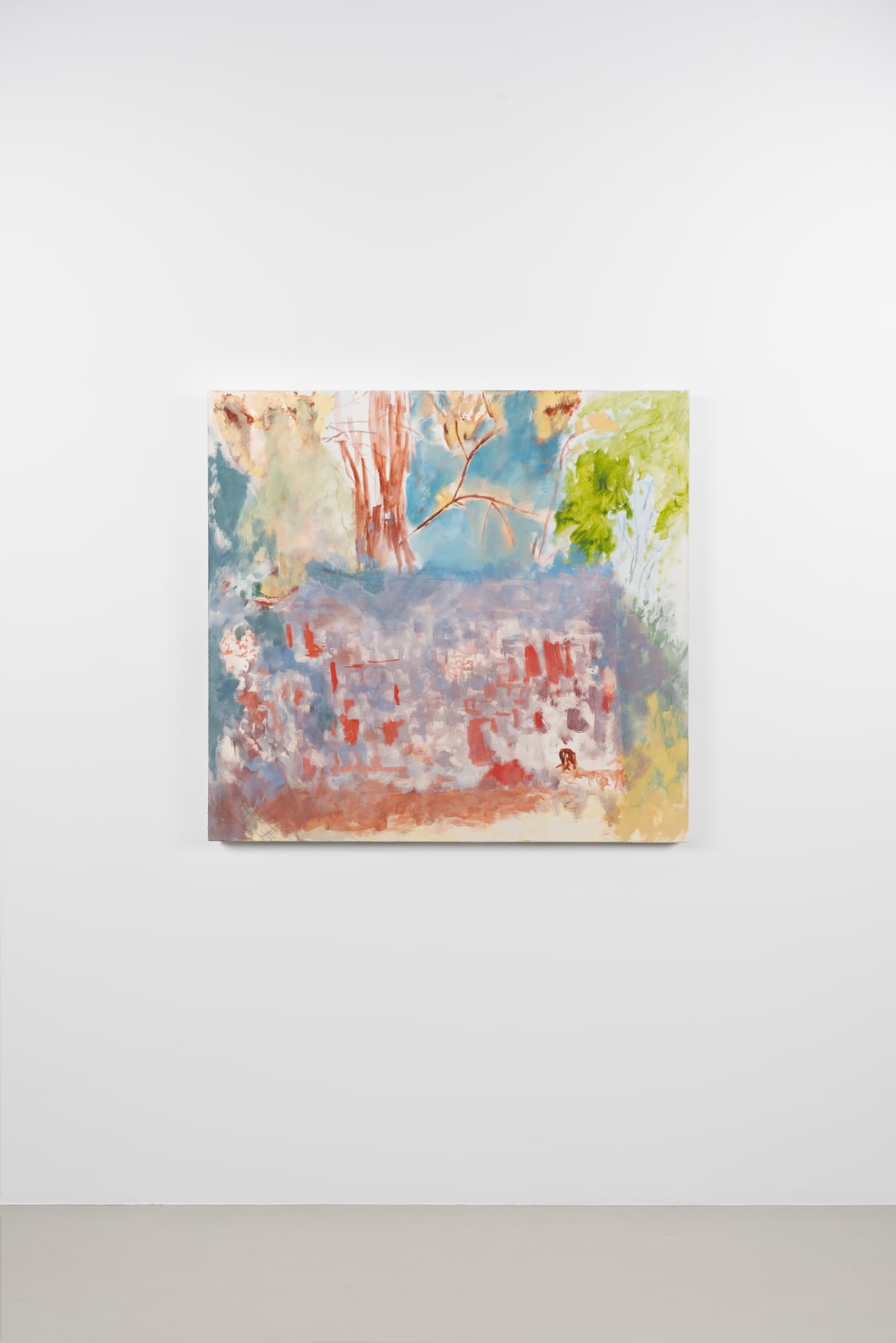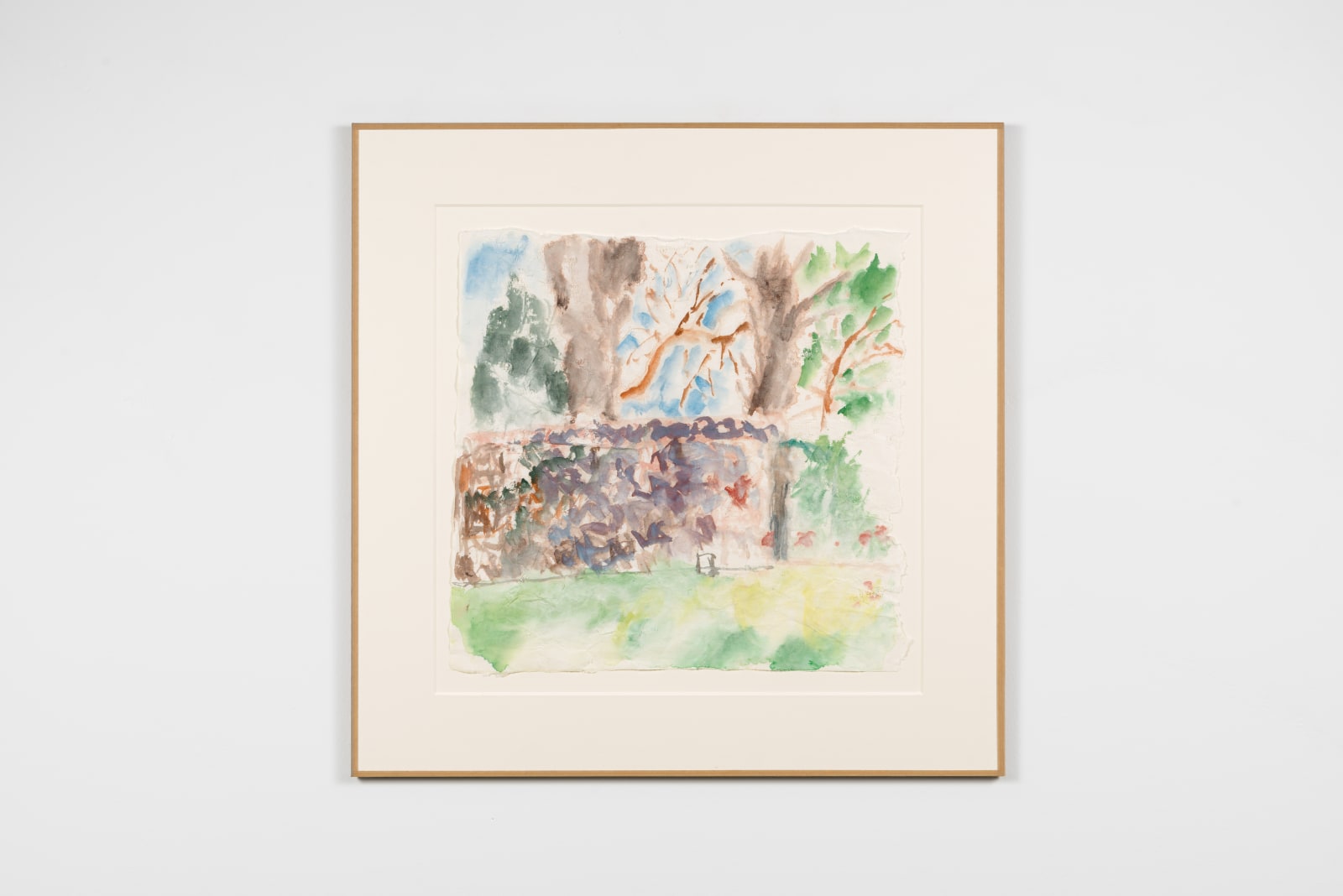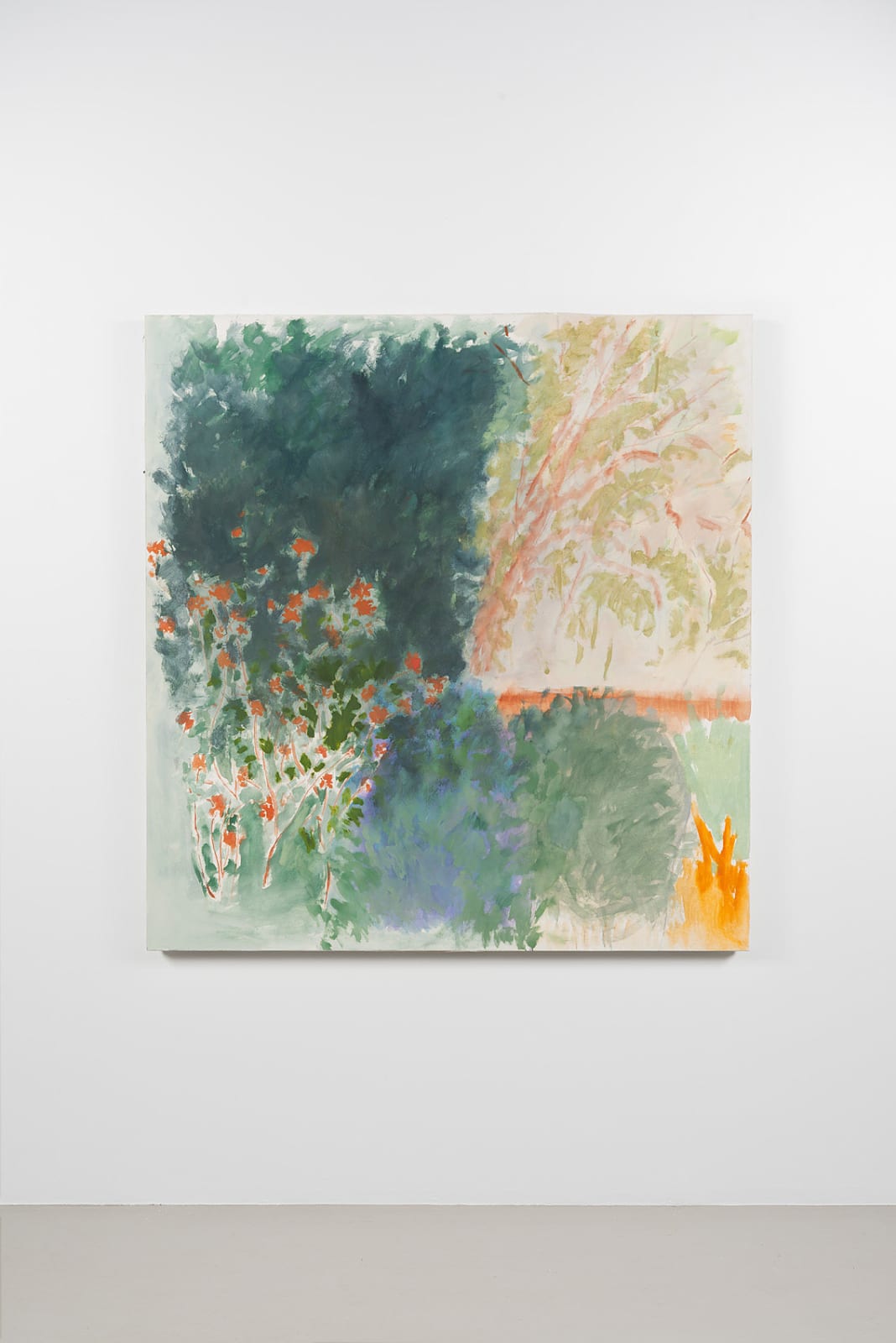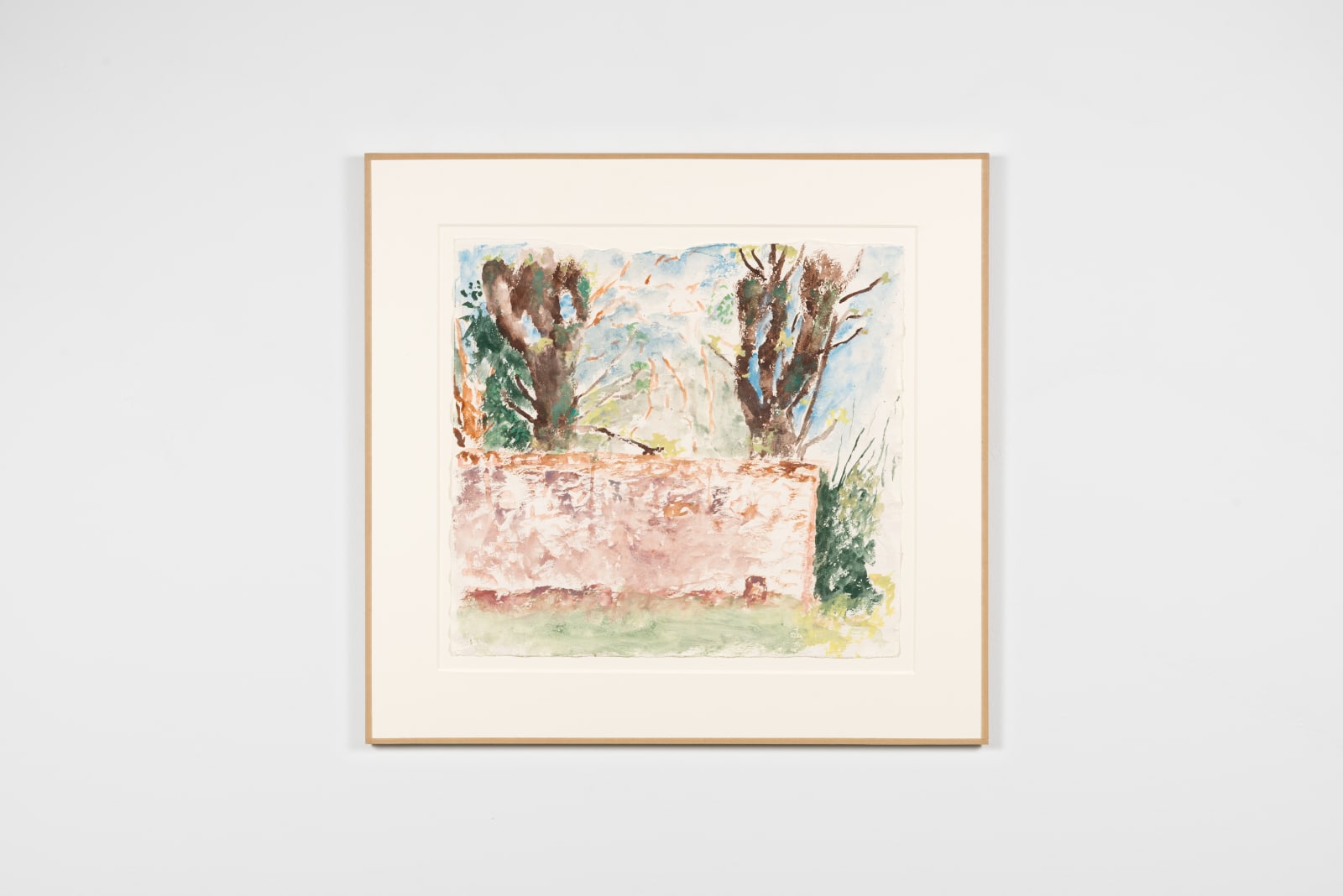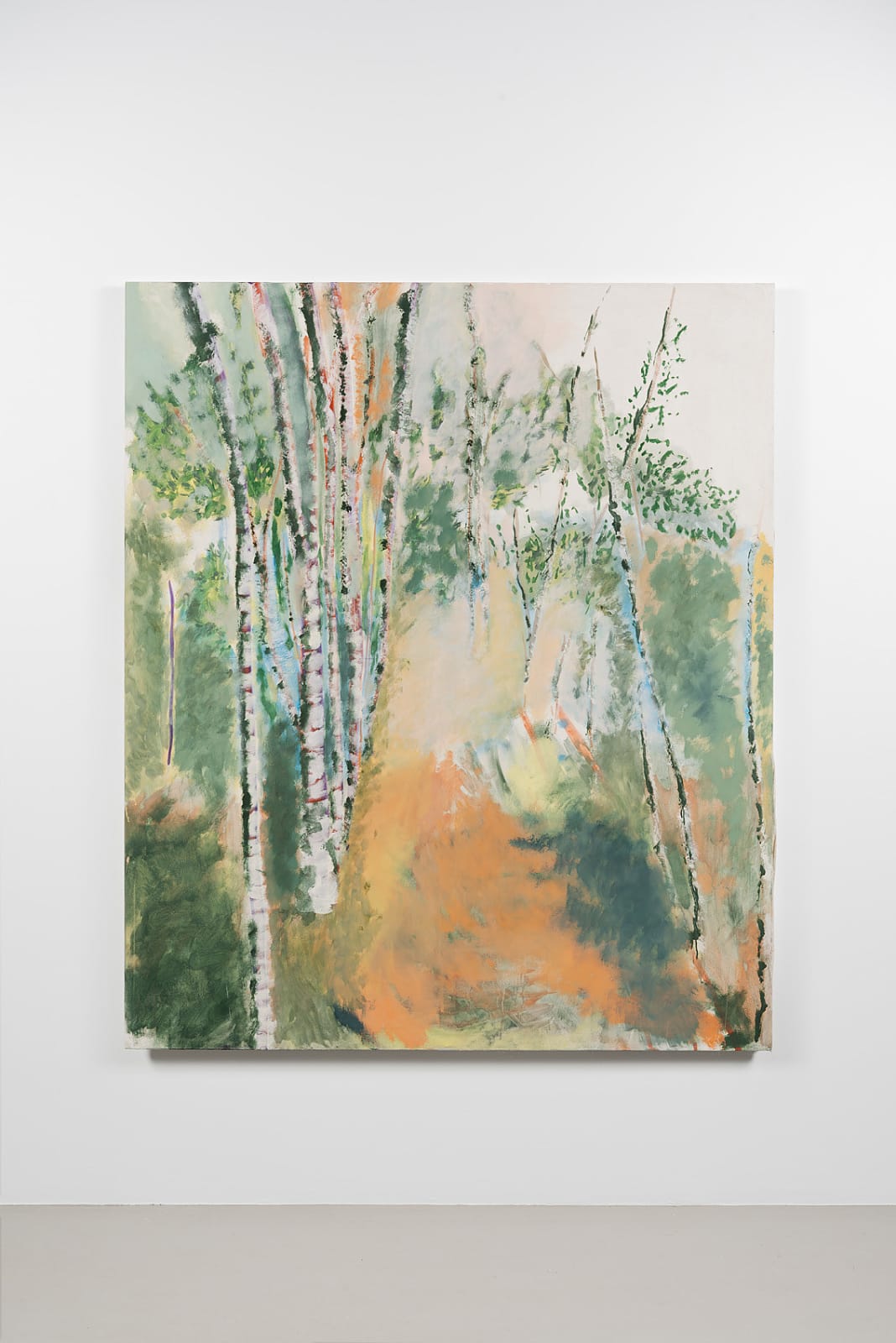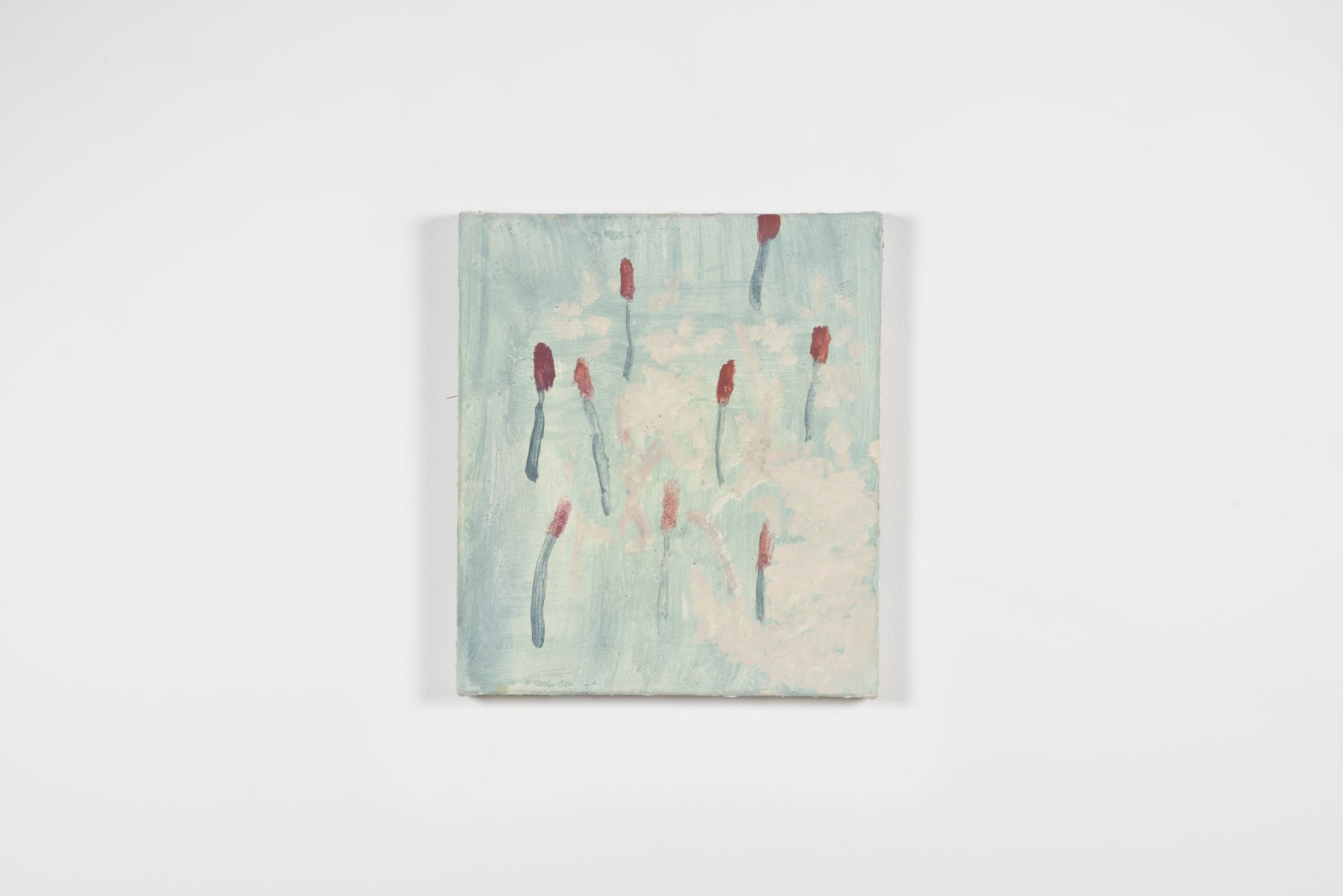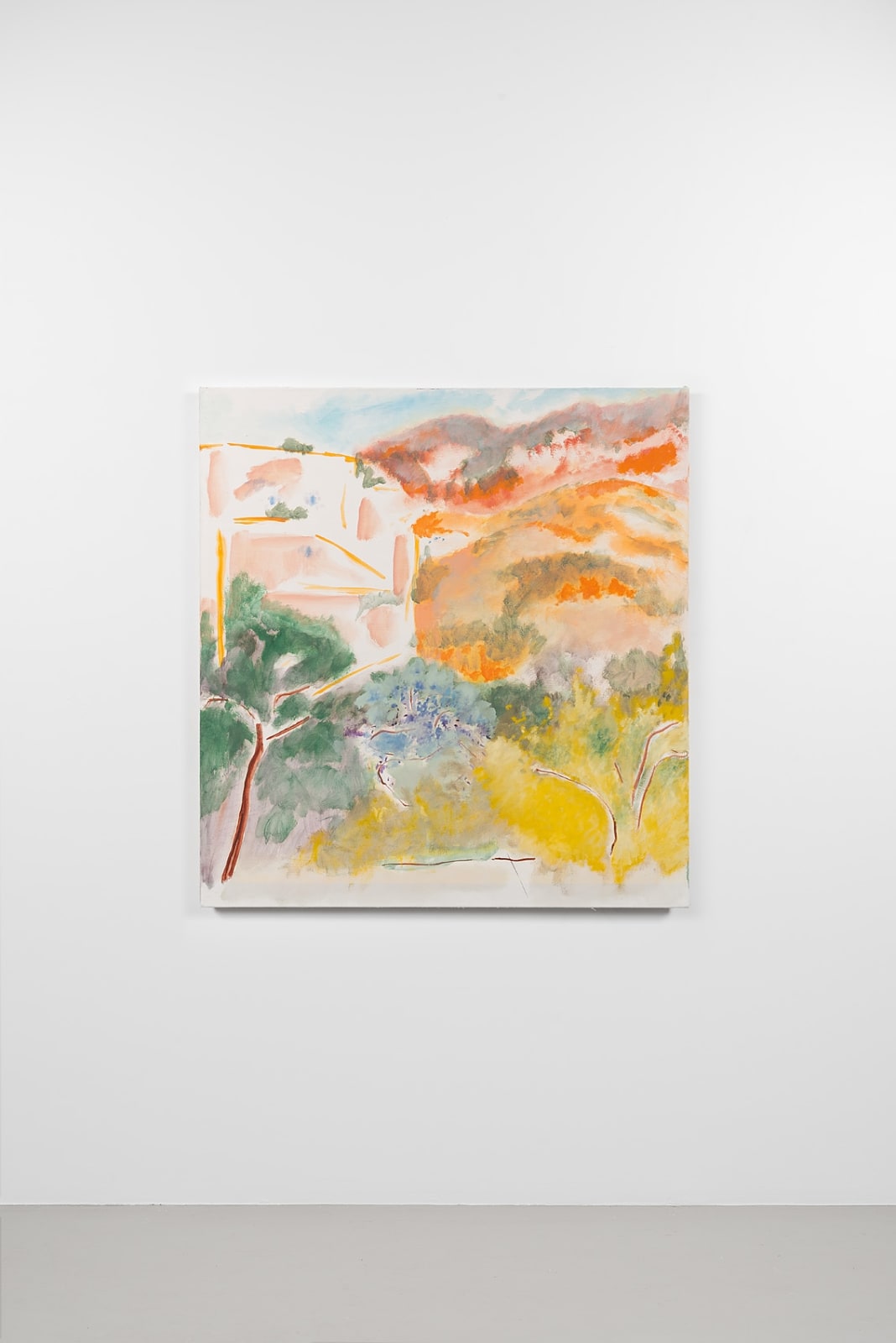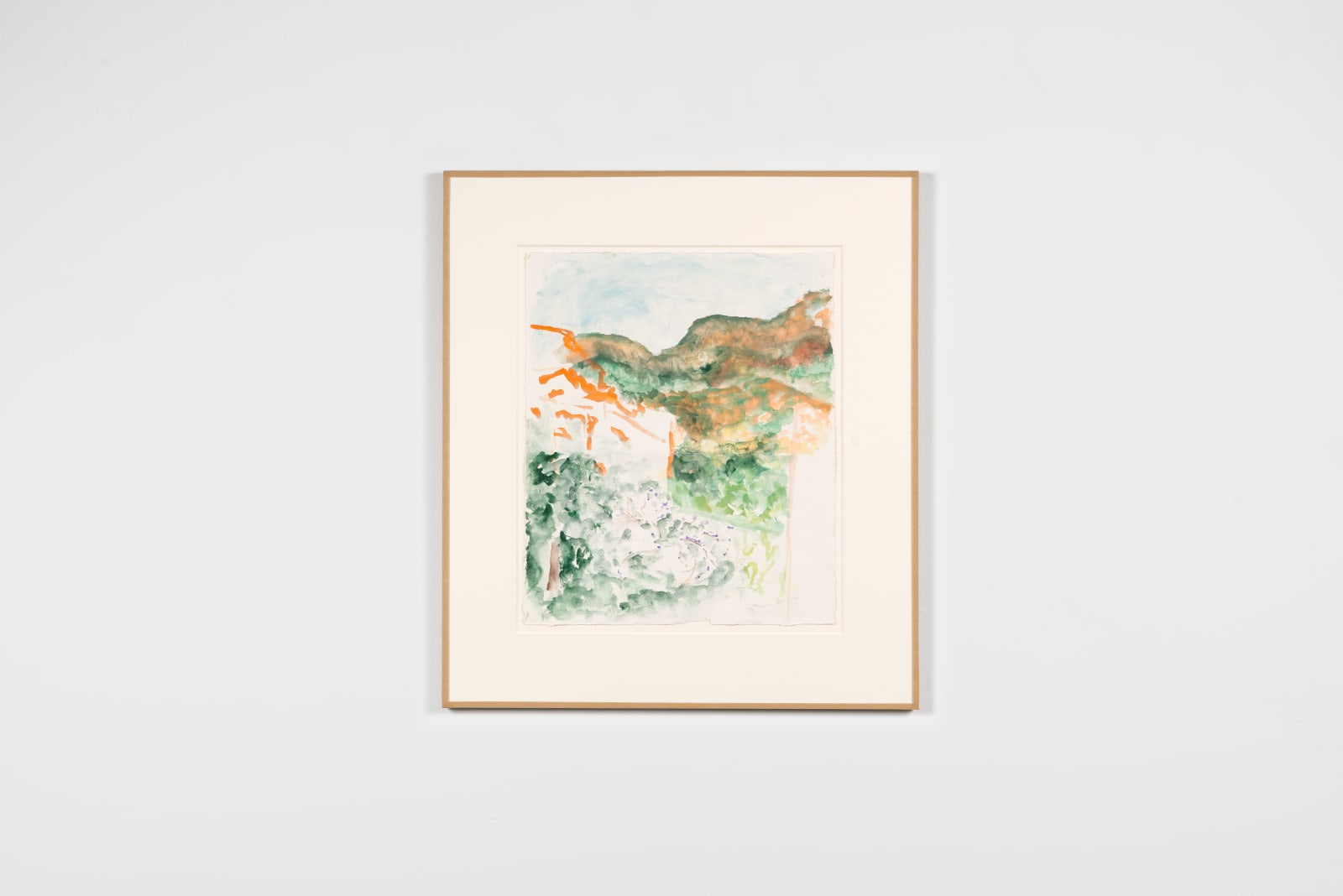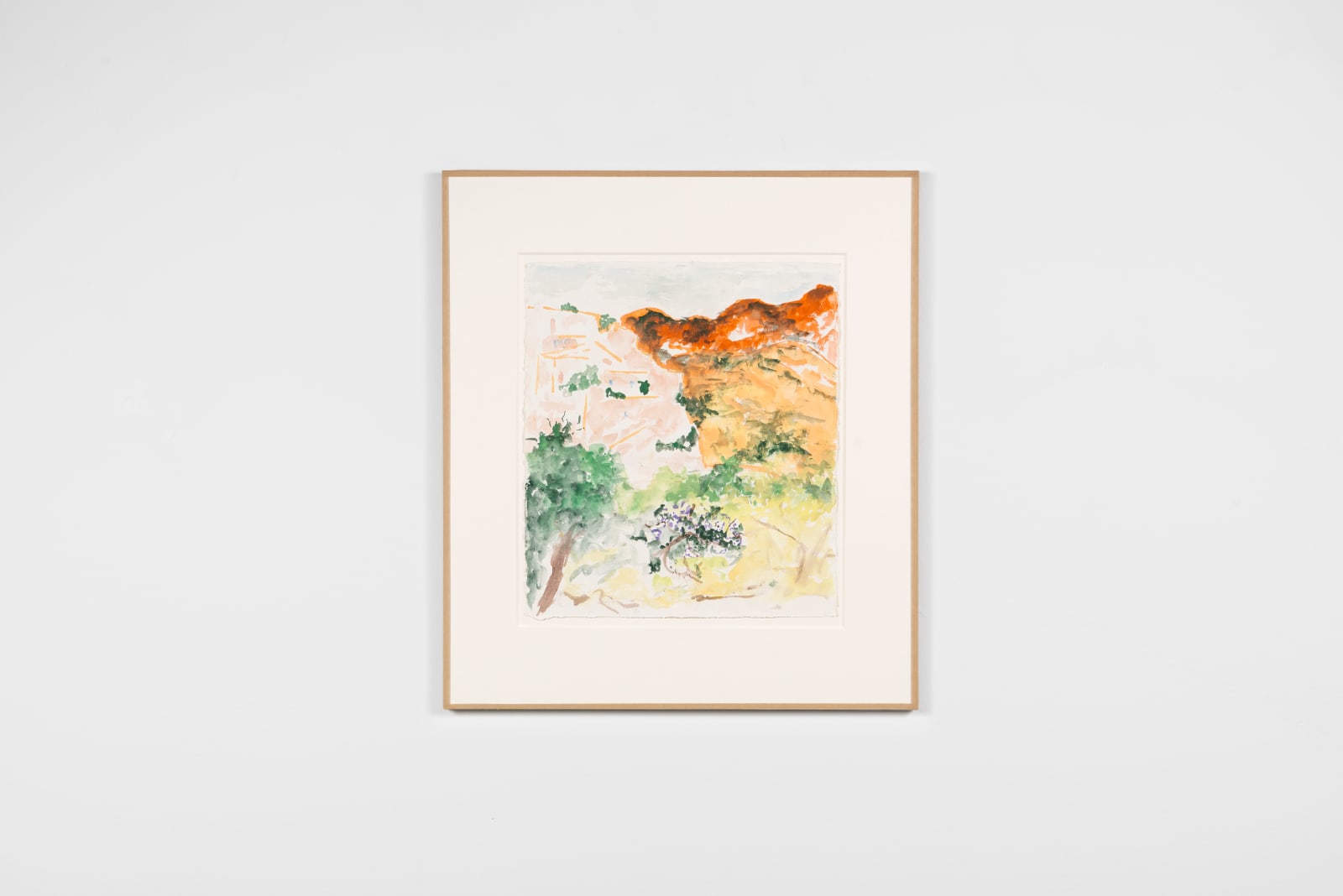LUCAS TALBOTIER
Galerie Dutko is pleased to present a new exhibition by French artist Lucas Talbotier (b. 1994) from November 14 to December 14, 2024. A collection of large, medium, and small format paintings, as well as works on paper, will be showcased on this occasion. Under the title *Auprès de toi*, this second exhibition with the gallery reveals the recent evolution of the artist’s work, enriched by new reflections on portraiture, landscape, and the pictorial transcription of emotions linked to sensitivity and grace.
The exhibition catalog will feature a preface by art critic Grégoire Lubineau and will include an exclusive interview between Lucas Talbotier and painter Nathan Bertet (b. 1997, soon to be exhibited at galerie Jousse Entreprise in Paris).
The pictorial work of Lucas Talbotier develops around a sensitive attention to the physical nature of light, the arrangement of colors, and the balance of forms that are both simple and expressive. Behind an apparent abstraction, his painting retains the memory of landscapes. These works are memories, fragments of what remains of immaterial sensations. It is not about what one sees, but rather the trace left by lived experiences.
Talbotier is part of this young Parisian school that came out of the Beaux-Arts and has recently not concerned itself with whether it is avant-garde or retrograde, but simply turned towards painting. His heroes, following Philip Guston (1913 – 1980) and Joan Mitchell (1925 – 1992), are also Lucas's. In particular, he admires the American generation that was fading out around the time of his birth in 1994: Richard Diebenkorn (1922 – 1993), Agnes Martin (1912 – 2004), Robert Ryman (1930 – 2019), and Susan Rothenberg (1945 – 2020), for example. Before them, of course: Turner, Cézanne, Monet.
In their wake, he adopts a reflective approach to painting, meaning one that is concerned with forms and colors for their own sake — one could speak of harmony, in the grand classical tradition — while also seeking to question the interest they evoke by revealing them at once for what they are at their core, independent of any reference or subject: a bit of oil and a bit of color on a stretched piece of fabric.
His works reflect a technique that returns to the fundamentals of painting, before tubes and synthetic colors: he grinds his own pigments and sands his preparations by hand. Hence the fresco-like appearance at times, and the apparent fragility of a painting that aims to be mineral despite the gesturality and strength it seeks to express. The slow breath of Europe alongside the frenetic pace of America. Time, frozen and in motion, as in a painting.
There is also, in the structure of the canvases that Lucas Talbotier paints, in their composition, a succession of confrontations that express doubt, a constant tension: the powerful colors of pure pigments are met with a desire for softening, for pale covering of overly vivid tones; the continuity of coherent forms, unified in the harmony of carefully arranged blocks, is then interrupted by a need for dissonance, translated by the addition of shapes that break the dynamics of the whole: horizontal lines that interrupt diagonal or vertical patterns, for example; and the serene, sweeping gestures that provide the framework of the canvases are finally met with a staccato of small strokes that convey a more agitated temporality.


